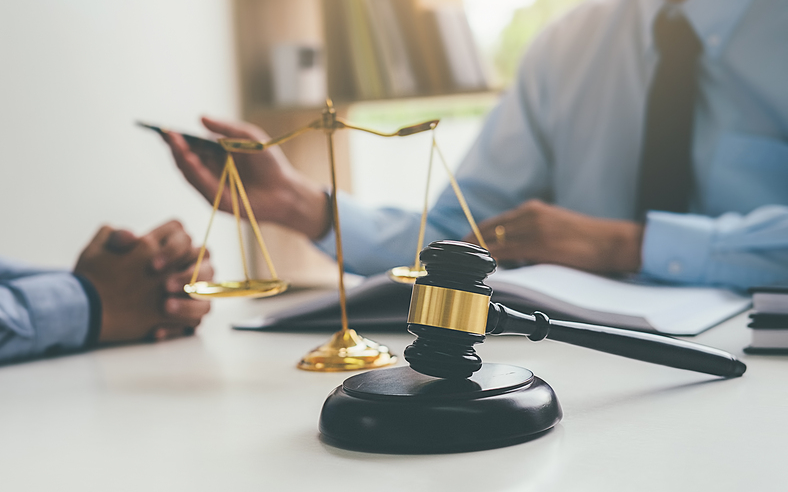Welcome to Aphall Mark’s Legal Blog! Today, we’re diving into the world of mass torts to provide you with a comprehensive understanding of this complex area of law.
What are Mass Torts? Mass torts refer to civil actions involving numerous plaintiffs who have suffered injuries or damages as a result of the actions or negligence of a common defendant or group of defendants. Unlike class action lawsuits, where plaintiffs are typically represented by one or a few individuals, mass tort cases involve individual lawsuits that are consolidated into one multidistrict litigation (MDL) for pretrial proceedings.
Key Concepts
- Commonality: Mass tort cases typically involve a common set of facts or circumstances shared by multiple plaintiffs, such as exposure to a dangerous product or environmental hazard.
- Individual Claims: Despite being part of a mass tort, each plaintiff retains their individual claim and right to pursue compensation for their injuries.
- MDL Proceedings: The Judicial Panel on Multidistrict Litigation (JPML) may consolidate similar mass tort cases into an MDL for efficiency in pretrial proceedings, such as discovery and motion practice.
Types of Mass Torts Mass torts can arise from a variety of situations, including:
- Pharmaceutical Injuries: Cases involving defective drugs or medical devices that cause harm to patients.
- Environmental Disasters: Litigation stemming from environmental contamination or pollution, such as chemical spills or toxic exposure.
- Product Liability: Lawsuits against manufacturers for injuries caused by defective products, such as faulty consumer goods or automobile parts.
Legal Challenges and Considerations Mass tort litigation presents unique challenges and considerations for both plaintiffs and defendants. These may include:
- Coordination of Multiple Cases: Managing numerous individual lawsuits within an MDL requires careful coordination and strategic planning.
- Expert Testimony: Expert witnesses play a crucial role in mass tort cases, providing scientific or technical testimony to support plaintiffs’ claims.
- Settlement Negotiations: Resolving mass tort cases often involves complex settlement negotiations that take into account the varying degrees of harm suffered by plaintiffs.
Conclusion In conclusion, understanding mass torts is essential for anyone involved in or affected by these types of legal proceedings. Whether you’re a plaintiff seeking compensation for your injuries or a defendant facing litigation, having a solid grasp of the key concepts and challenges inherent in mass torts can help you navigate the legal process more effectively.
Stay tuned to Aphall Mark’s Legal Blog for more insights and updates on mass tort litigation and other legal topics!

